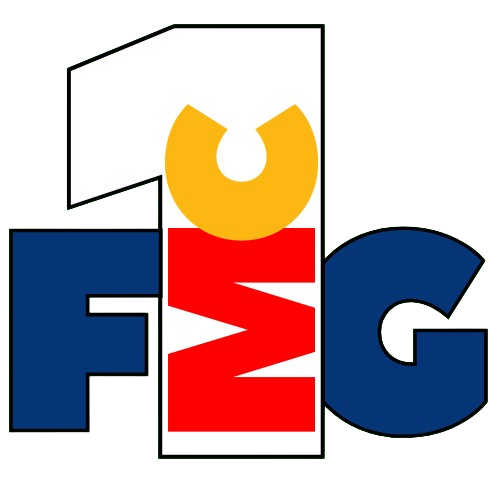Coca-Cola’s New Logo Strategy Blends Tradition with Modern Visual Identity
Coca-Cola has unveiled a reimagined visual identity that puts its iconic logo at the center of a bold design evolution, reinforcing its heritage while aligning with contemporary brand storytelling. The refresh focuses on amplifying the “hug” concept—where the brand name appears wrapped around its classic bottle—ushering in a subtly playful yet strategic shift in its global branding efforts.
The updated logo, developed in collaboration with design firm Wieden+Kennedy London and creative agency KnownUnknown, introduces a dynamic arc—a visual embrace that curves beneath the Coca-Cola wordmark. This graphical device is not just aesthetic; it’s a deliberate instrument to unify sub-brands and limited-edition packaging across Coca-Cola’s product portfolio.
Described internally as the “Hug,” this arc serves as a connective visual language, bringing consistency while allowing for localized creativity. Positioned across everything from cans and bottles to out-of-home placements and digital activations, the design enhances shelf impact and brand recognition in an increasingly competitive beverage landscape.
The strategy addresses a core challenge many FMCG brands face: maintaining visual consistency at scale, especially across diverse markets and channels. By streamlining elements into a singular design system, Coca-Cola is aiming to improve cross-brand synergy, while also strengthening its presence in the limited-edition and specialty SKU segments—a growing driver of volume and consumer engagement among Gen Z and millennial audiences.
This move also aligns with broader trends in FMCG, where brands are leveraging flexible but instantly recognizable design systems to drive omnichannel coherence. Coca-Cola’s visual evolution reflects a shift toward systems thinking in brand identity, emphasizing scalability, cohesion, and emotional resonance over standalone campaigns or seasonal tweaks.
According to the company, the redesigned assets will first roll out in key global markets and eventually extend across OOH, retail displays, and digital content. Early tests have shown promising consumer response, suggesting that the brand’s careful balance of heritage and innovation is resonating with today’s design-savvy consumers.
For brand managers and category leaders, Coca-Cola’s identity refresh offers a compelling case study in design-led differentiation, particularly within the high-frequency, high-visibility ecosystem of FMCG packaging and marketing.

